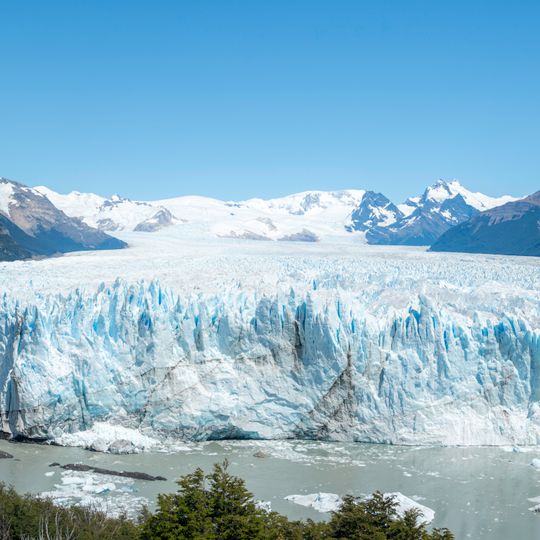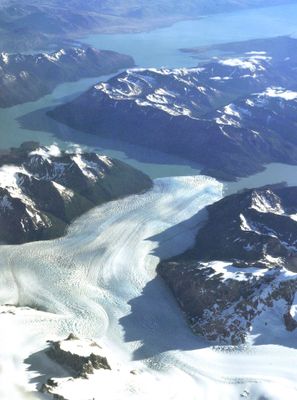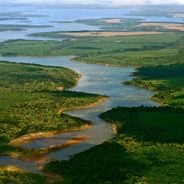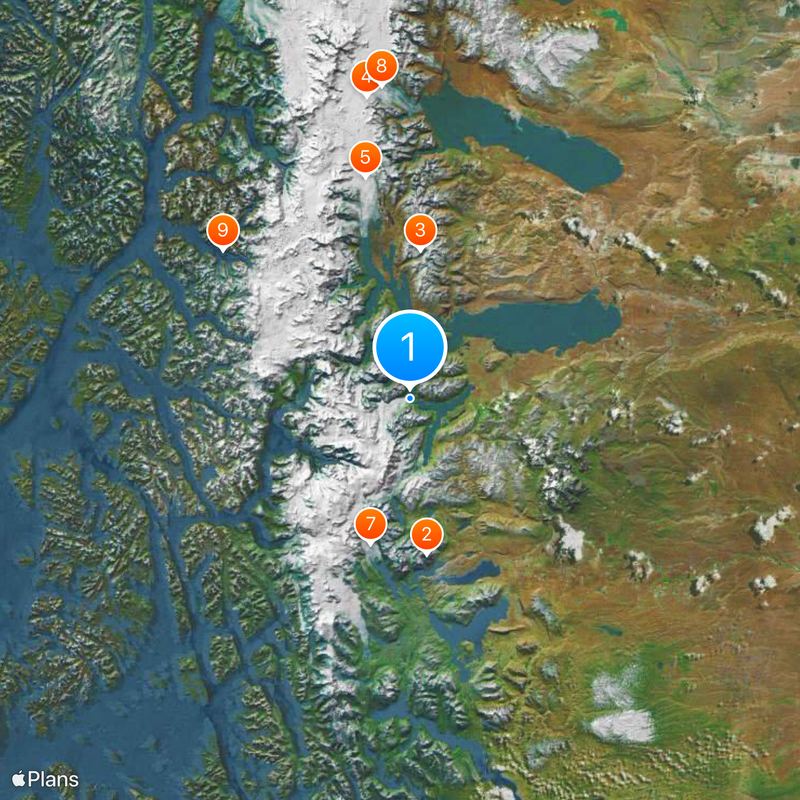Perito Moreno Glacier, Glacier in Los Glaciares National Park, Argentina.
Perito Moreno is a glacier in the Argentine section of Los Glaciares National Park that stretches roughly 30 kilometers and meets Argentine Lake with its 70-meter-high front. The overall 250-square-kilometer ice surface pushes between wooded slopes and rocky shores, forming jagged walls with deep crevasses in several places.
The ice formed thousands of years ago from compacted Andean snow and has carried the name of an explorer who mapped Patagonia since the early 20th century. Several times the front blocked the drainage of a side arm through its advance, creating temporary dams that later collapsed.
The name honors a Patagonian pioneer, while the ice wall draws walkers from many countries who follow secured paths to watch pieces break off. Local guides lead trekking tours on the surface and explain the glacier's movement in several languages.
From nearby El Calafate, paved paths and raised viewing walkways lead directly to the glacier front, allowing visitors to stand safely within a few meters. Weatherproof clothing is advisable, as wind from the ice cools even in sunshine and the light changes.
Unlike most glaciers worldwide, this one still pushes forward and thereby builds up a barrier from time to time that holds back water and breaks through with a loud roar after years. The rare insect Andiperla willinki lives exclusively in the cold surroundings of this ice wall and has been observed nowhere else.
Location: Lago Argentino Department
Location: Natales
Elevation above the sea: 244 m
GPS coordinates: -50.48333,-73.05000
Latest update: December 12, 2025 17:22
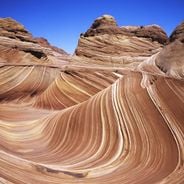
This collection presents geological formations created through natural processes over millions of years. From layered sandstone waves in Arizona to volcanic basalt columns in Northern Ireland, these locations demonstrate Earth's geological diversity. Erosion, tectonic activity, and mineral deposits...

Glaciers represent some of the most remarkable natural formations on Earth. These ice masses form over centuries through the compression of snow and move slowly through valleys and across mountain slopes. They shape landscapes from the Patagonian Andes to Arctic regions and store approximately 70...
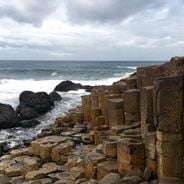
The Earth offers a wide range of geological shapes shaped over millions of years by weather and the movements of the land. In Northern Ireland, thousands of basalt columns stand along the coast, leftover from an ancient eruption. In Arizona, the Colorado River carved out a canyon more than 400 miles...
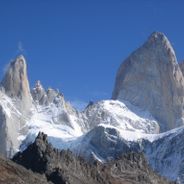
Patagonia extends across the southern reaches of Chile and Argentina, encompassing a range of natural landscapes from active glaciers to volcanic peaks. The region presents a mixture of ice, stone and water, with national parks protecting thousands of square miles of undeveloped terrain. The land...
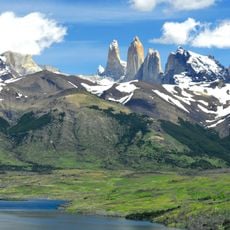
Torres del Paine National Park
55.9 km
Los Glaciares National Park
53.9 km
Southern Patagonian Ice Field
111.3 km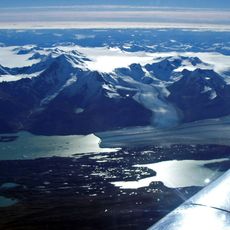
Upsala Glacier
82.1 km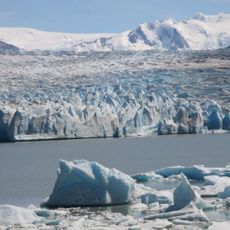
Grey Glacier
53.8 km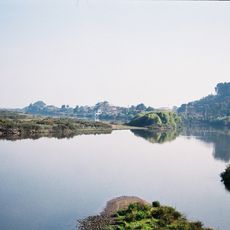
Water resources management in Chile
53.8 km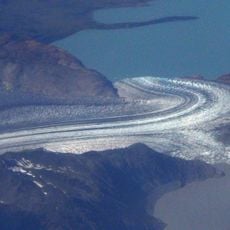
Viedma Glacier
114.4 km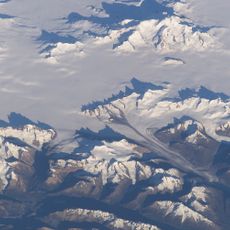
Bernardo O'Higgins National Park
86.4 km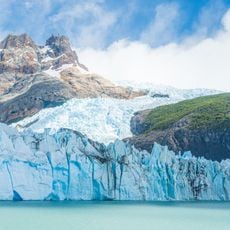
Spegazzini Glacier
35 km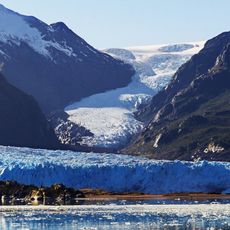
Amalia Glacier
62.6 km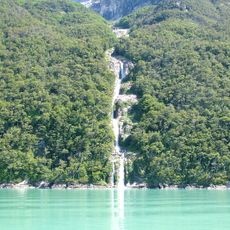
Última Esperanza Sound
110.5 km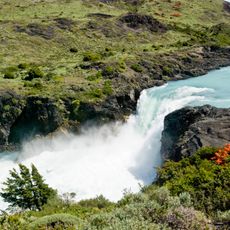
Salto Grande
65.1 km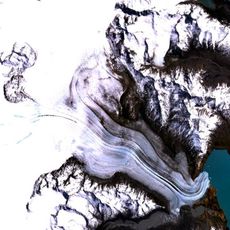
Viedma
122.3 km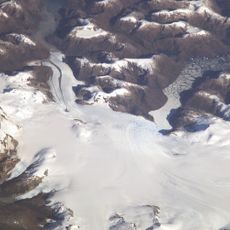
Aguilera
49.2 km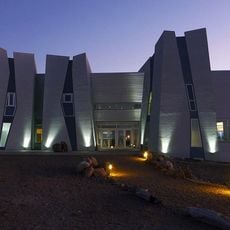
Glaciarium
53 km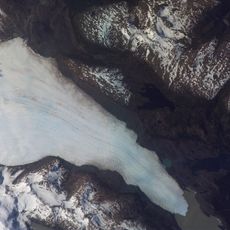
Tyndall Glacier
86.9 km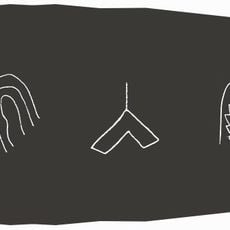
Punta Walichu - Reserva Natural y Arqueológica
63.7 km
Peel Fjord
79.5 km
Parque provincial Península de Magallanes
14.7 km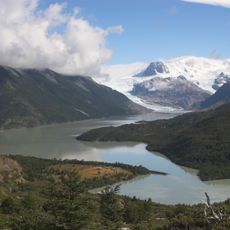
Dickson Glacier
34.1 km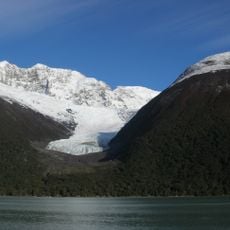
Seco Glacier
38.7 km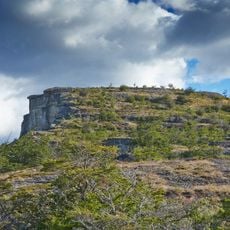
Cerro Benítez
123.4 km
Onelli Glacier
48.5 km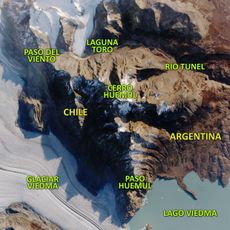
Cerro Huemul
118 km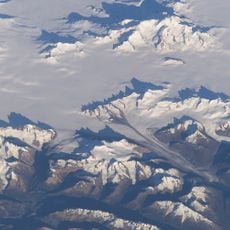
Cerro Roma
64.8 km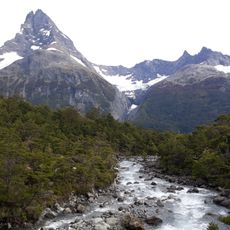
Cerro Mayo (verdadero Stokes)
25.2 km
Onelli glacier
54.5 km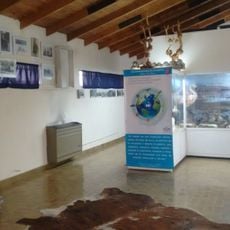
Museo Regional (Municipal)
58.6 kmVisited this place? Tap the stars to rate it and share your experience / photos with the community! Try now! You can cancel it anytime.
Discover hidden gems everywhere you go!
From secret cafés to breathtaking viewpoints, skip the crowded tourist spots and find places that match your style. Our app makes it easy with voice search, smart filtering, route optimization, and insider tips from travelers worldwide. Download now for the complete mobile experience.

A unique approach to discovering new places❞
— Le Figaro
All the places worth exploring❞
— France Info
A tailor-made excursion in just a few clicks❞
— 20 Minutes
